sprunki phase 1.1 new definitive
What is Sprunki Phase 1.1 New Definitive?
Sprunki Phase 1.1 New Definitive is a comprehensive remastered edition of the original Sprunki rhythm game that has captivated millions of players worldwide. 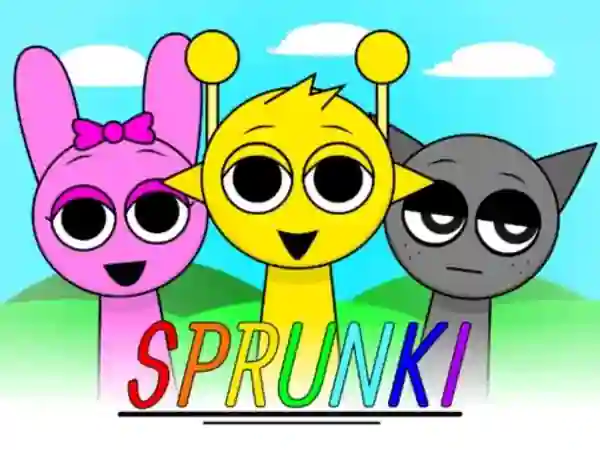 This version represents a significant upgrade from the initial release, featuring enhanced audio quality, refined visual elements, and additional characters that expand the creative possibilities for users. Inspired by the popular Incredibox concept, Sprunki Phase 1.1 allows players to become music producers by dragging and dropping various characters onto a virtual stage, each representing a unique sound layer ranging from drum beats and basslines to melodic instruments and vocal effects.
This version represents a significant upgrade from the initial release, featuring enhanced audio quality, refined visual elements, and additional characters that expand the creative possibilities for users. Inspired by the popular Incredibox concept, Sprunki Phase 1.1 allows players to become music producers by dragging and dropping various characters onto a virtual stage, each representing a unique sound layer ranging from drum beats and basslines to melodic instruments and vocal effects.
The game maintains the core mechanics that made the original so popular while introducing quality-of-life improvements that make the experience more intuitive and enjoyable. The interface has been streamlined for easier navigation, and the character designs have been updated with more detailed animations that respond to the music being created.  What sets Sprunki Phase 1.1 apart is its commitment to preserving the nostalgic feel of the original while incorporating modern elements that appeal to both returning players and newcomers to the rhythm game genre.
What sets Sprunki Phase 1.1 apart is its commitment to preserving the nostalgic feel of the original while incorporating modern elements that appeal to both returning players and newcomers to the rhythm game genre.
The New Definitive edition specifically addresses community feedback from previous versions, fixing known issues and adding requested features that enhance the overall gameplay experience. This version includes a more robust recording system, improved sharing capabilities, and additional customization options that allow players to personalize their creative process. The development team has focused on creating a balanced audio experience where each sound layer complements the others, resulting in professional-sounding mixes regardless of the player's musical background or expertise.
How does Sprunki Phase 1.1 work?
Sprunki Phase 1.1 operates on a simple yet powerful principle of layered sound composition. The game presents players with a selection of characters, each embodying a specific audio element that can be activated by placing them on the stage area. These characters are categorized into four distinct sound types: beats (percussion elements), effects (special sounds and accents), melodies (harmonic instruments), and voices (vocal samples and chants). This classification system helps players understand how different elements work together to create a cohesive musical piece.
 The technical foundation of Sprunki Phase 1.1 involves advanced audio programming that ensures seamless looping and synchronization of all sound layers. When a player drags a character to the stage, the game loads the corresponding audio file and begins playback in perfect time with any existing sounds. The engine automatically adjusts tempo and maintains consistent timing across all layers, eliminating the potential for rhythm clashes or timing issues that could disrupt the musical flow. This sophisticated backend technology makes the game accessible to those without musical training while still providing enough depth to satisfy experienced musicians.
The technical foundation of Sprunki Phase 1.1 involves advanced audio programming that ensures seamless looping and synchronization of all sound layers. When a player drags a character to the stage, the game loads the corresponding audio file and begins playback in perfect time with any existing sounds. The engine automatically adjusts tempo and maintains consistent timing across all layers, eliminating the potential for rhythm clashes or timing issues that could disrupt the musical flow. This sophisticated backend technology makes the game accessible to those without musical training while still providing enough depth to satisfy experienced musicians.
Beyond the basic drag-and-drop functionality, Sprunki Phase 1.1 includes several advanced features that enhance the creative process. Players can solo individual characters to focus on specific elements, mute tracks that aren't working well in the mix, or adjust the volume balance between different layers. The game also incorporates a recording studio feature that allows users to capture their compositions and play them back later. For those looking to share their creations, Sprunki Phase 1.1 offers multiple export options and integration with popular social platforms, making it easy to showcase musical creations to friends and the broader Sprunki community.
How to play Sprunki Phase 1.1?
Playing Sprunki Phase 1.1 is designed to be intuitive and immediately engaging, regardless of your previous experience with music games. When you first launch the game, you'll be presented with a clean interface featuring a central stage area and a selection of characters along the bottom of the screen. These characters are visually distinct and organized by their sound type, making it easy to identify which elements you want to incorporate into your composition. To begin creating music, simply click and drag any character onto the stage - immediately, you'll hear its corresponding sound begin to play in a continuous loop.
 As you add more characters to the stage, you'll notice how the different layers interact and combine to form increasingly complex musical arrangements. The game encourages experimentation, so don't hesitate to try unconventional combinations - sometimes the most interesting sounds emerge from unexpected pairings. If a particular character isn't working well in your mix, you can easily remove it by dragging it off the stage or using the clear function to start fresh. For more precise control, right-clicking on characters reveals additional options including solo, mute, and volume adjustment features that let you fine-tune your composition.
As you add more characters to the stage, you'll notice how the different layers interact and combine to form increasingly complex musical arrangements. The game encourages experimentation, so don't hesitate to try unconventional combinations - sometimes the most interesting sounds emerge from unexpected pairings. If a particular character isn't working well in your mix, you can easily remove it by dragging it off the stage or using the clear function to start fresh. For more precise control, right-clicking on characters reveals additional options including solo, mute, and volume adjustment features that let you fine-tune your composition.
Once you've created a mix you're happy with, Sprunki Phase 1.1 offers several ways to preserve and share your work. The record function allows you to capture up to three minutes of your composition, which can be played back within the game or exported as an audio file.  The game also generates a unique code for each creation, making it easy to share your mixes with others who can then load them into their own version of the game. For those looking to improve their skills, spending time with popular mixes like Sprunki Phase 3 or Sprunki Phase 4 can provide inspiration and new ideas for your own creations.
The game also generates a unique code for each creation, making it easy to share your mixes with others who can then load them into their own version of the game. For those looking to improve their skills, spending time with popular mixes like Sprunki Phase 3 or Sprunki Phase 4 can provide inspiration and new ideas for your own creations.
What makes Sprunki Phase 1.1 different from Incredibox?
While Sprunki draws obvious inspiration from Incredibox, it has developed its own distinct identity through several key differences that appeal to a specific segment of music game enthusiasts. The most noticeable distinction is in the visual aesthetic - where Incredibox features minimalist humanoid figures, Sprunki Phase 1.1 embraces a more diverse and detailed character design approach with unique personalities and animations for each sound element. This visual variety creates a more engaging experience for players who appreciate distinctive character designs and want more visual feedback from their musical creations.
From a technical perspective, Sprunki Phase 1.1 offers greater flexibility in sound manipulation and composition structure. While both games operate on the principle of layering sound elements, Sprunki provides more control over individual elements through features like volume adjustment per character and the ability to create more complex arrangements. The game also supports a wider range of musical genres within its sound library, moving beyond Incredibox's primarily beatbox-focused sounds to include more traditional instruments, electronic effects, and diverse vocal styles.
 Another significant difference lies in the community and content approach. Sprunki has fostered a more mod-friendly environment that encourages user-generated content through tools like the Sprunki OC Maker, allowing players to create and share their own characters and sounds. This has led to an expansive ecosystem of custom content that keeps the experience fresh and continuously evolving. The game also places greater emphasis on narrative elements through its phase-based structure, with each version representing a new chapter in the ongoing Sprunki storyline that has developed over multiple iterations including Sprunki Phase 9 and the popular Sprunki Retake series.
Another significant difference lies in the community and content approach. Sprunki has fostered a more mod-friendly environment that encourages user-generated content through tools like the Sprunki OC Maker, allowing players to create and share their own characters and sounds. This has led to an expansive ecosystem of custom content that keeps the experience fresh and continuously evolving. The game also places greater emphasis on narrative elements through its phase-based structure, with each version representing a new chapter in the ongoing Sprunki storyline that has developed over multiple iterations including Sprunki Phase 9 and the popular Sprunki Retake series.
How do I create a Sprunki Phase 1.1 soundtrack?
Creating a compelling soundtrack in Sprunki Phase 1.1 involves both technical understanding and creative experimentation. Begin by establishing a rhythmic foundation - typically starting with a beat character that provides the core tempo and groove for your composition. Once you have a steady rhythm in place, gradually layer additional elements, paying attention to how each new sound complements the existing arrangement. It's often effective to add bass elements next, as these provide harmonic context and depth to your track, followed by melodic components that establish the primary musical themes.
As you build your soundtrack, consider the principles of frequency space and arrangement that professional producers use. Avoid overcrowding similar frequency ranges - for example, if you have a character with a deep bass sound, pair it with higher-frequency elements rather than other bass-heavy sounds that might create muddiness in your mix. The game's solo and mute functions are invaluable tools for evaluating how individual elements contribute to the overall sound. Don't be afraid to remove characters that aren't enhancing your composition, even if you initially thought they would work well together.
 For those seeking to create particularly polished soundtracks, attention to dynamics and evolution throughout the piece can elevate your compositions. Rather than simply adding all characters at once, consider introducing elements gradually to create a sense of progression and development. You can use the recording function to capture different sections separately, then combine them using audio editing software for more complex arrangements. Studying popular mixes from games like Sprunki Phase 6 can provide valuable insights into effective arrangement techniques. Remember that creating great music in Sprunki Phase 1.1, as with any creative pursuit, requires practice and patience - the more time you spend experimenting with different combinations and listening critically to the results, the more sophisticated your soundtracks will become.
For those seeking to create particularly polished soundtracks, attention to dynamics and evolution throughout the piece can elevate your compositions. Rather than simply adding all characters at once, consider introducing elements gradually to create a sense of progression and development. You can use the recording function to capture different sections separately, then combine them using audio editing software for more complex arrangements. Studying popular mixes from games like Sprunki Phase 6 can provide valuable insights into effective arrangement techniques. Remember that creating great music in Sprunki Phase 1.1, as with any creative pursuit, requires practice and patience - the more time you spend experimenting with different combinations and listening critically to the results, the more sophisticated your soundtracks will become.
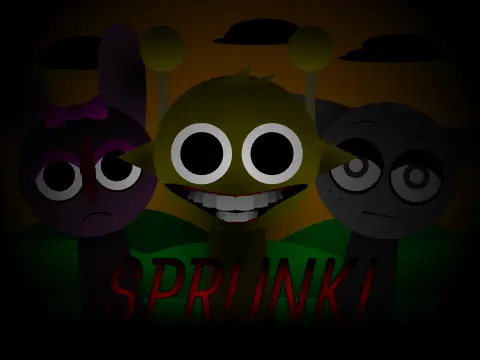
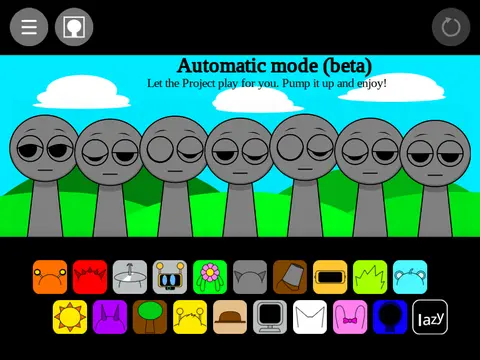
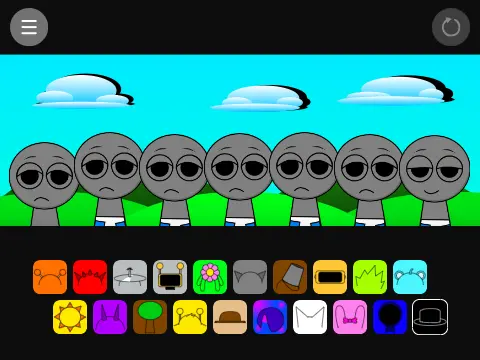
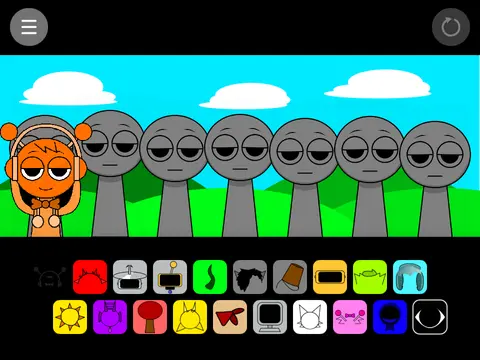
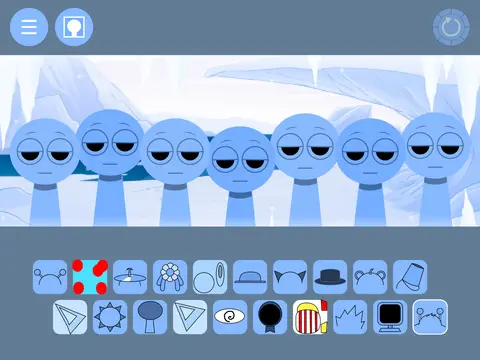
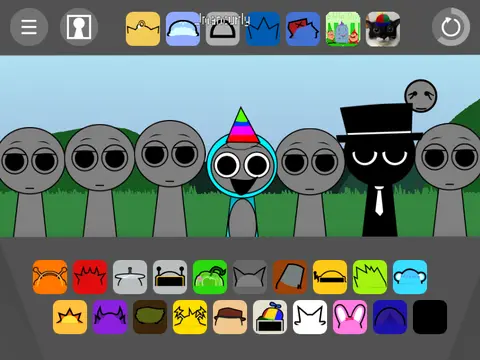
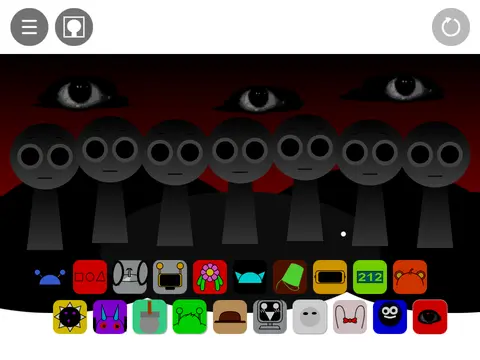
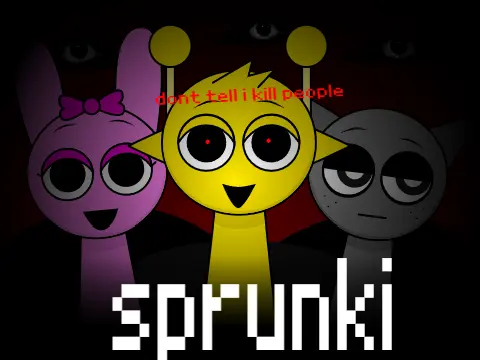
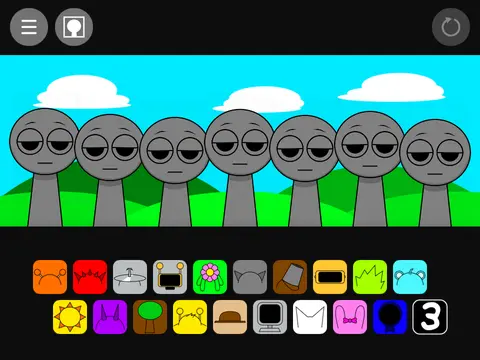
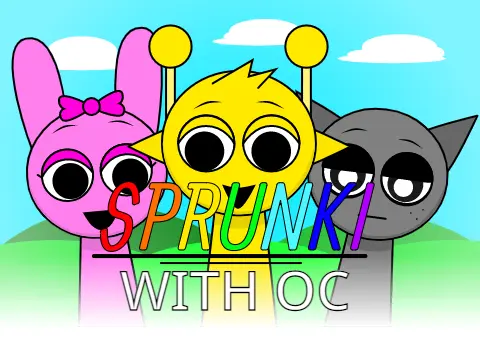
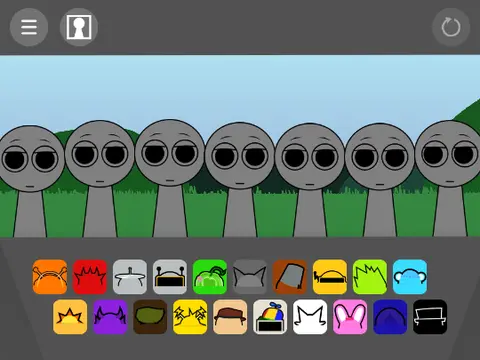
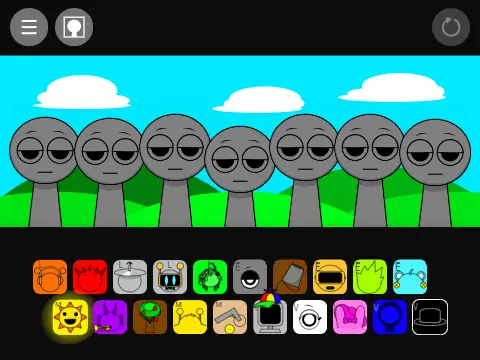
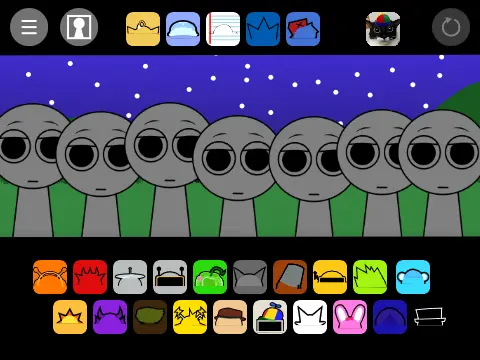
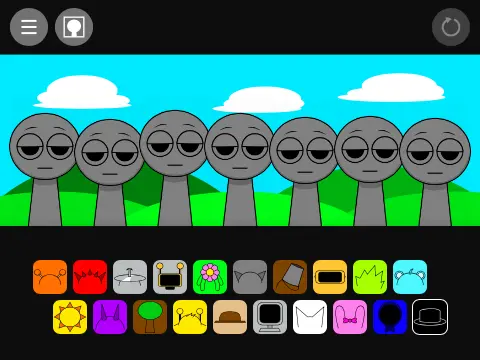
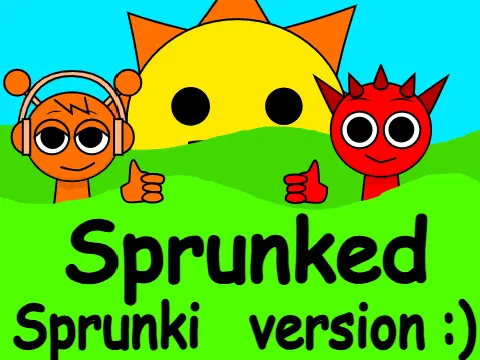
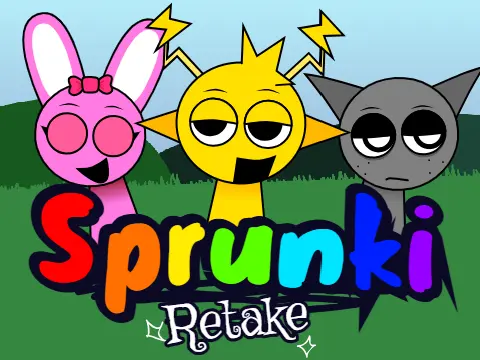
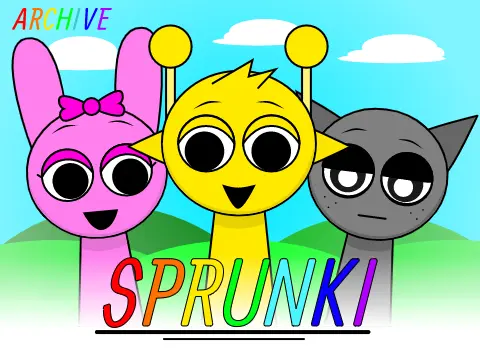
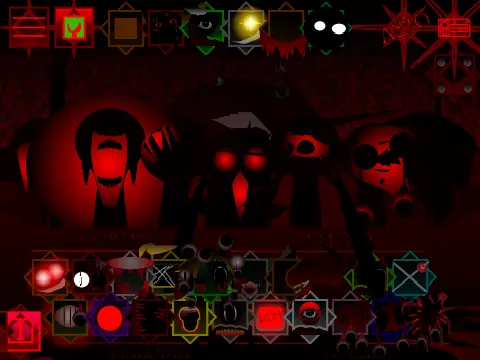
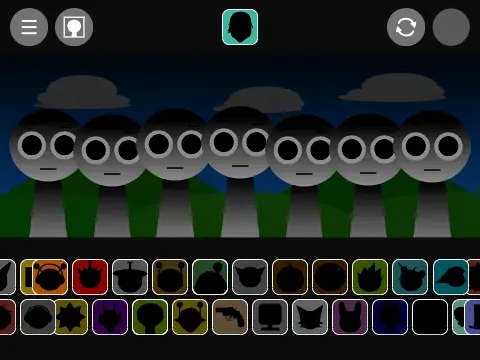
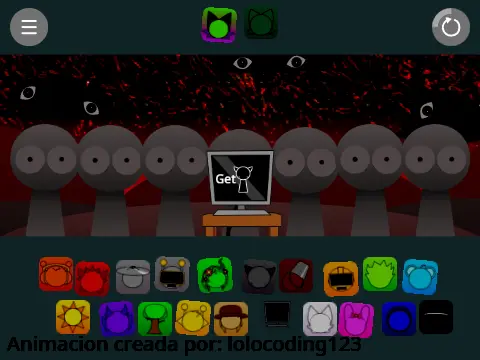
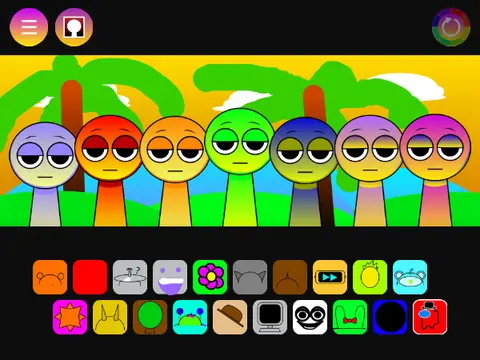
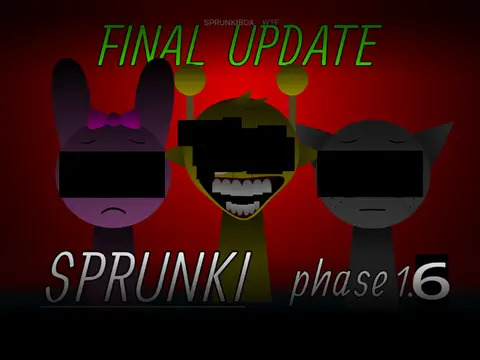
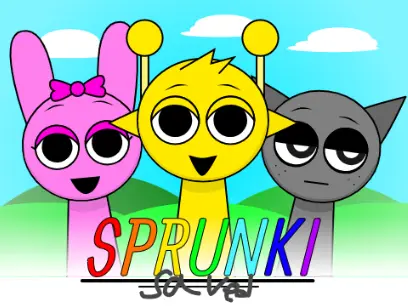
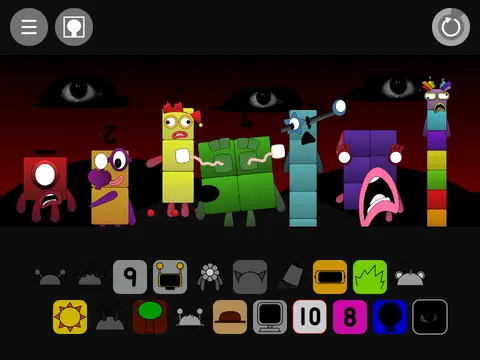
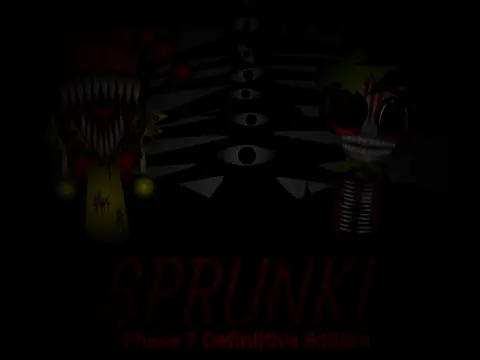
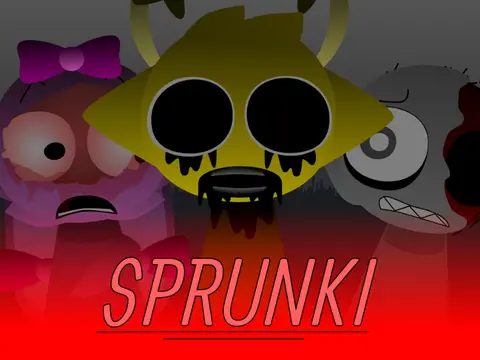
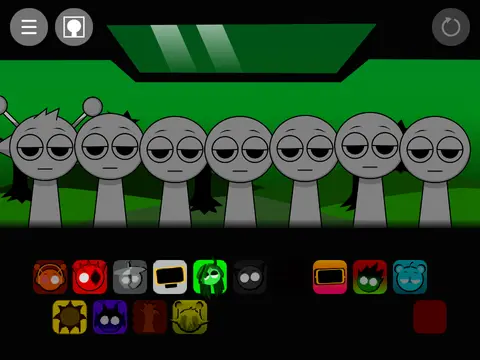
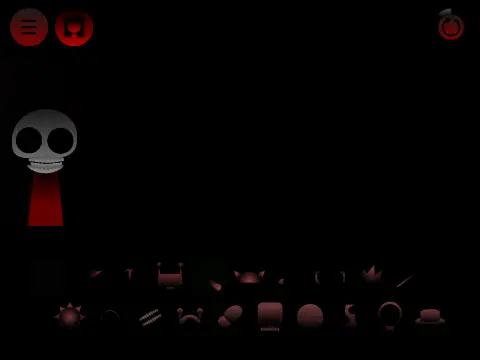
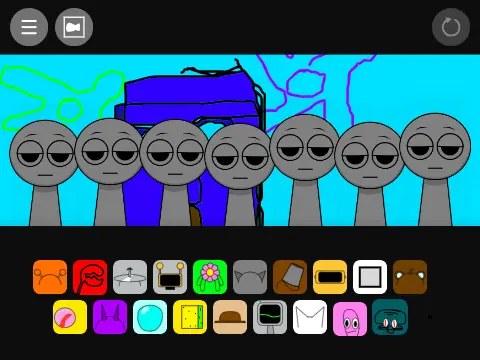
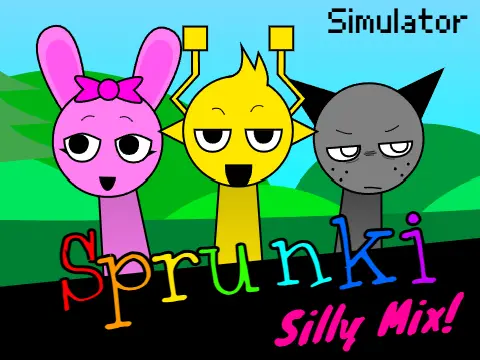
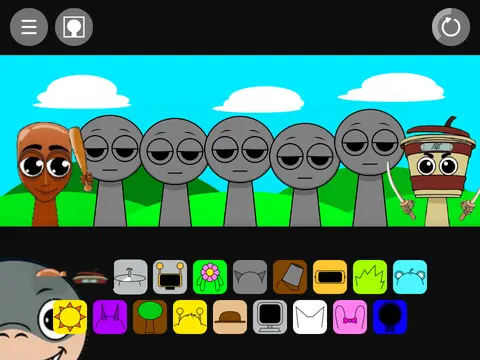
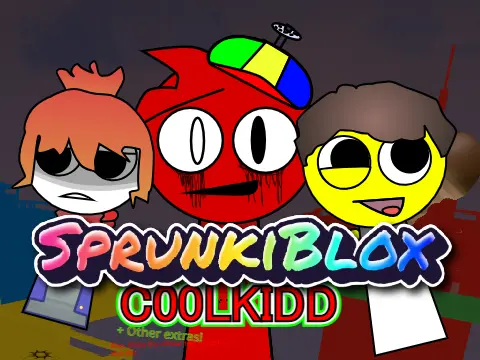
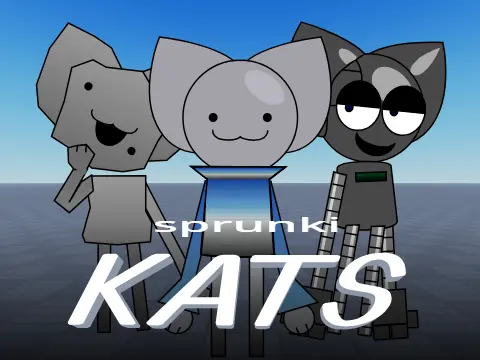
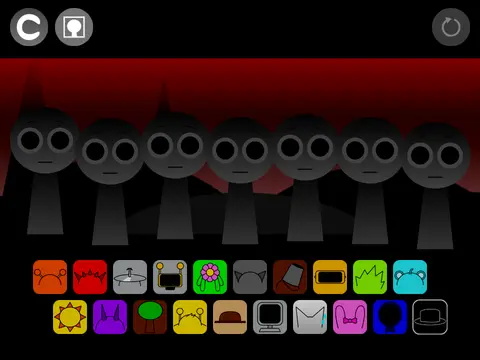
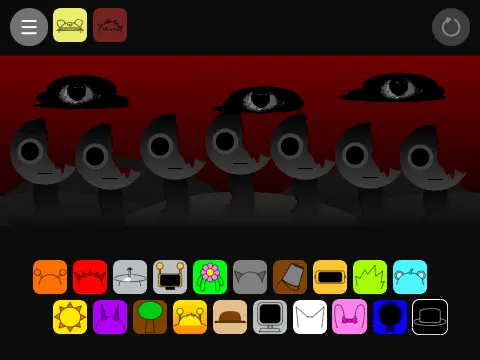
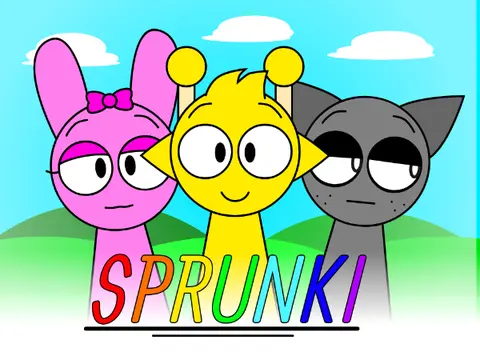
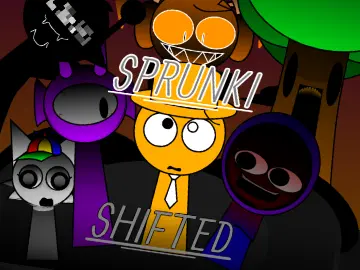
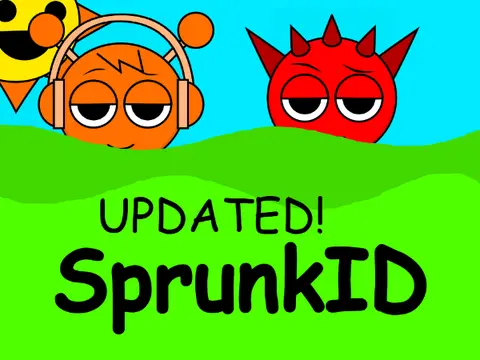
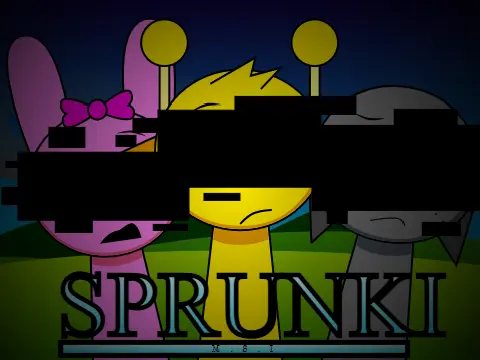
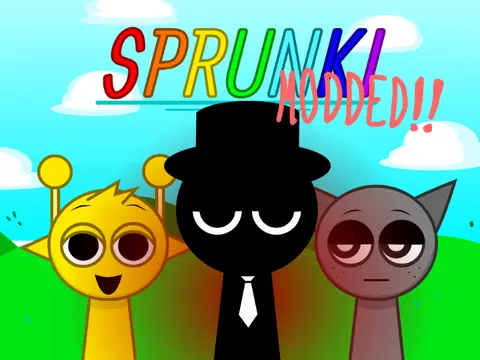
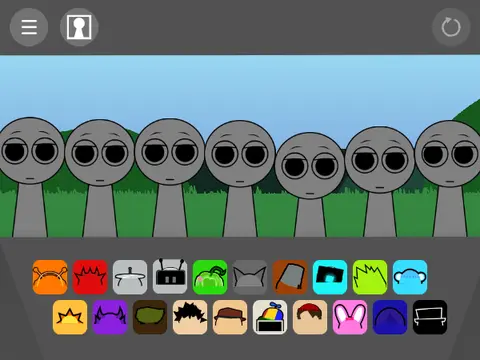
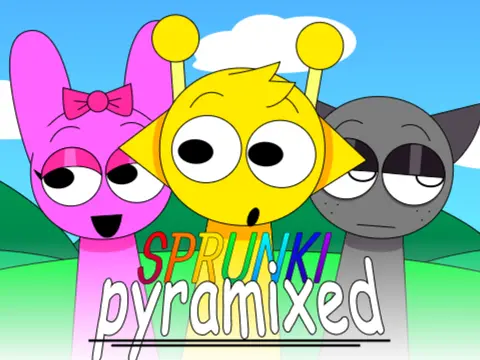
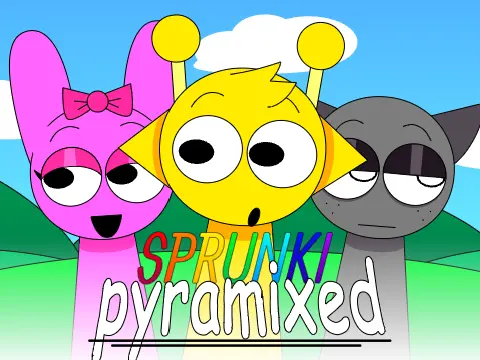
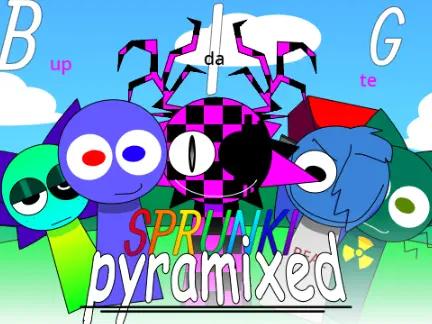
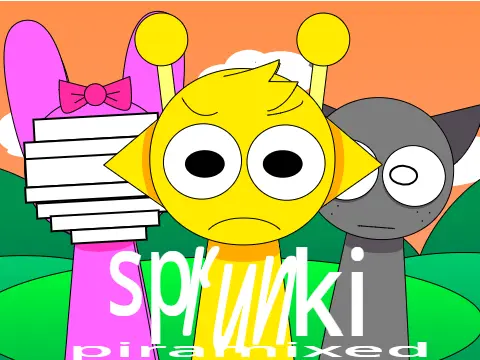
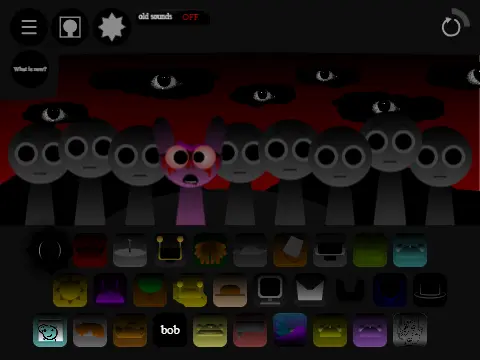
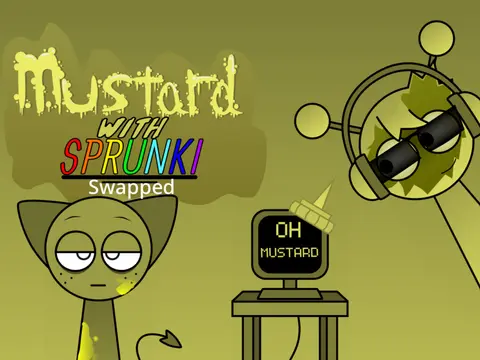
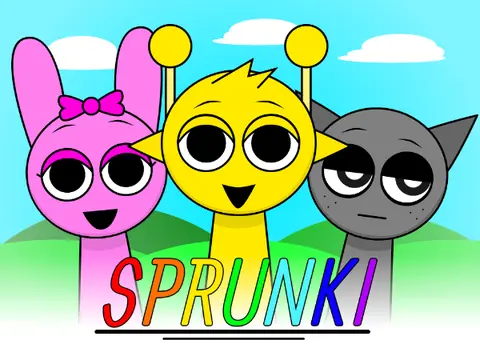
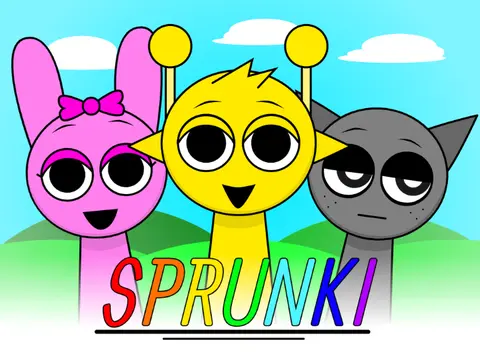
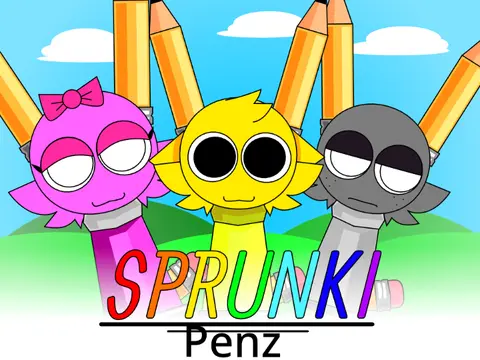

 This version represents a significant upgrade from the initial release, featuring enhanced audio quality, refined visual elements, and additional characters that expand the creative possibilities for users. Inspired by the popular Incredibox concept, Sprunki Phase 1.1 allows players to become music producers by dragging and dropping various characters onto a virtual stage, each representing a unique sound layer ranging from drum beats and basslines to melodic instruments and vocal effects.
This version represents a significant upgrade from the initial release, featuring enhanced audio quality, refined visual elements, and additional characters that expand the creative possibilities for users. Inspired by the popular Incredibox concept, Sprunki Phase 1.1 allows players to become music producers by dragging and dropping various characters onto a virtual stage, each representing a unique sound layer ranging from drum beats and basslines to melodic instruments and vocal effects. What sets Sprunki Phase 1.1 apart is its commitment to preserving the nostalgic feel of the original while incorporating modern elements that appeal to both returning players and newcomers to the rhythm game genre.
What sets Sprunki Phase 1.1 apart is its commitment to preserving the nostalgic feel of the original while incorporating modern elements that appeal to both returning players and newcomers to the rhythm game genre. The technical foundation of Sprunki Phase 1.1 involves advanced audio programming that ensures seamless looping and synchronization of all sound layers. When a player drags a character to the stage, the game loads the corresponding audio file and begins playback in perfect time with any existing sounds. The engine automatically adjusts tempo and maintains consistent timing across all layers, eliminating the potential for rhythm clashes or timing issues that could disrupt the musical flow. This sophisticated backend technology makes the game accessible to those without musical training while still providing enough depth to satisfy experienced musicians.
The technical foundation of Sprunki Phase 1.1 involves advanced audio programming that ensures seamless looping and synchronization of all sound layers. When a player drags a character to the stage, the game loads the corresponding audio file and begins playback in perfect time with any existing sounds. The engine automatically adjusts tempo and maintains consistent timing across all layers, eliminating the potential for rhythm clashes or timing issues that could disrupt the musical flow. This sophisticated backend technology makes the game accessible to those without musical training while still providing enough depth to satisfy experienced musicians. As you add more characters to the stage, you'll notice how the different layers interact and combine to form increasingly complex musical arrangements. The game encourages experimentation, so don't hesitate to try unconventional combinations - sometimes the most interesting sounds emerge from unexpected pairings. If a particular character isn't working well in your mix, you can easily remove it by dragging it off the stage or using the clear function to start fresh. For more precise control, right-clicking on characters reveals additional options including solo, mute, and volume adjustment features that let you fine-tune your composition.
As you add more characters to the stage, you'll notice how the different layers interact and combine to form increasingly complex musical arrangements. The game encourages experimentation, so don't hesitate to try unconventional combinations - sometimes the most interesting sounds emerge from unexpected pairings. If a particular character isn't working well in your mix, you can easily remove it by dragging it off the stage or using the clear function to start fresh. For more precise control, right-clicking on characters reveals additional options including solo, mute, and volume adjustment features that let you fine-tune your composition. The game also generates a unique code for each creation, making it easy to share your mixes with others who can then load them into their own version of the game. For those looking to improve their skills, spending time with popular mixes like
The game also generates a unique code for each creation, making it easy to share your mixes with others who can then load them into their own version of the game. For those looking to improve their skills, spending time with popular mixes like  Another significant difference lies in the community and content approach. Sprunki has fostered a more mod-friendly environment that encourages user-generated content through tools like the
Another significant difference lies in the community and content approach. Sprunki has fostered a more mod-friendly environment that encourages user-generated content through tools like the  For those seeking to create particularly polished soundtracks, attention to dynamics and evolution throughout the piece can elevate your compositions. Rather than simply adding all characters at once, consider introducing elements gradually to create a sense of progression and development. You can use the recording function to capture different sections separately, then combine them using audio editing software for more complex arrangements. Studying popular mixes from games like
For those seeking to create particularly polished soundtracks, attention to dynamics and evolution throughout the piece can elevate your compositions. Rather than simply adding all characters at once, consider introducing elements gradually to create a sense of progression and development. You can use the recording function to capture different sections separately, then combine them using audio editing software for more complex arrangements. Studying popular mixes from games like